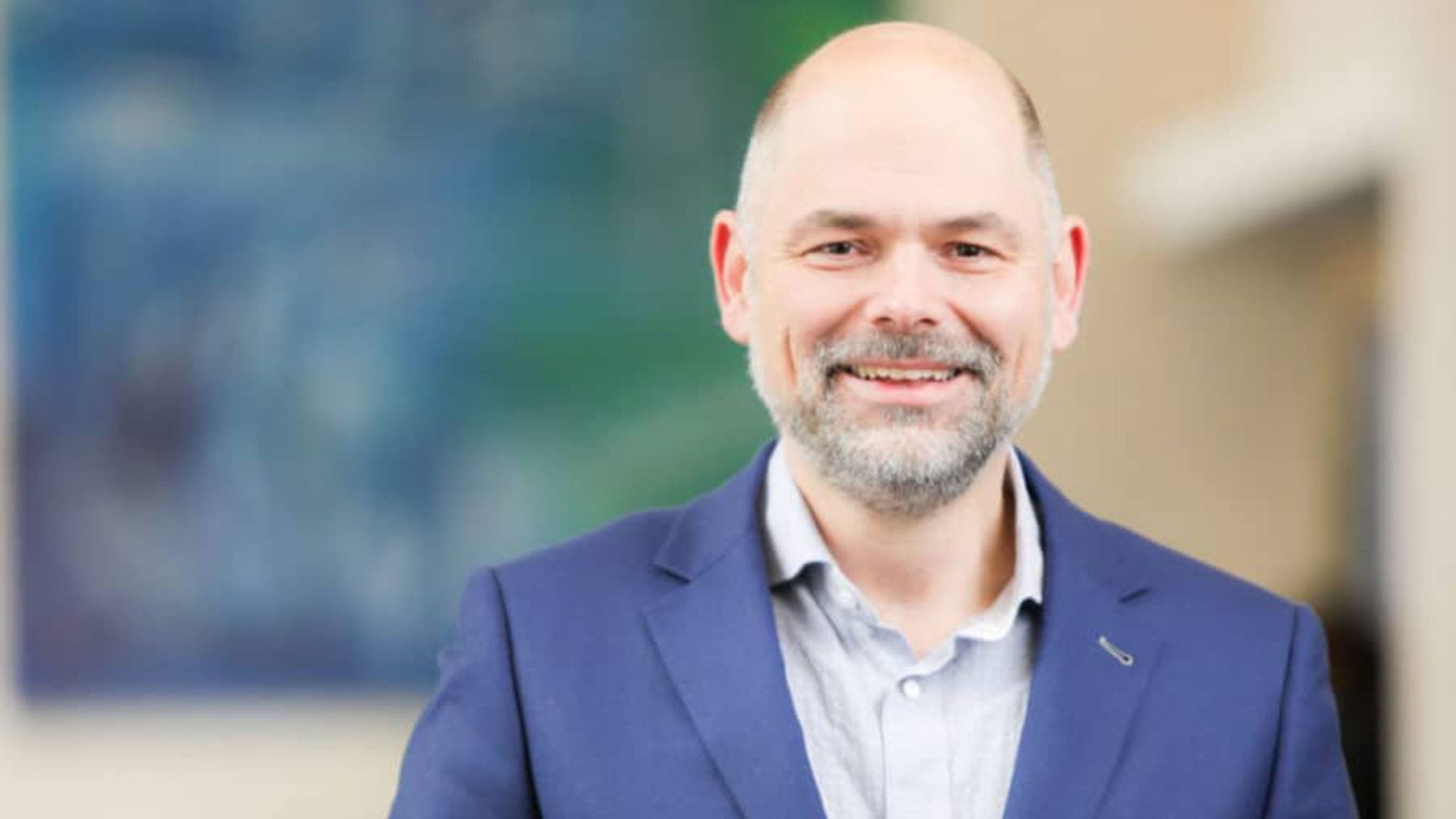
David de Graaf now has his $28.5M launch round in place, building a coenzyme A platform in his latest startup
Longtime biotech exec David de Graaf has the cash he needs to set up the preclinical foundation for his coenzyme A metabolism company Comet. A few high-profile investors joined the venture syndicate to supply Comet with $28.5 million in launch money — enough to get it two years into the platform-building game, within knocking distance of the clinic.
Canaan jumped in alongside existing investor Sofinnova Partners to co-lead the round, with participation by existing investor INKEF Capital and new investor BioInnovation Capital.
Unlock this article instantly by becoming a free subscriber.
You’ll get access to free articles each month, plus you can customize what newsletters get delivered to your inbox each week, including breaking news.